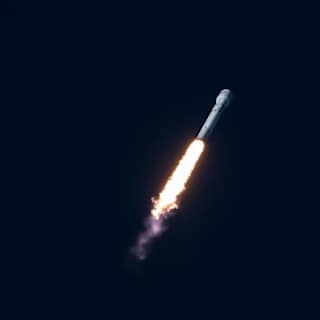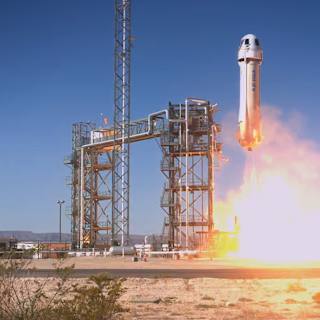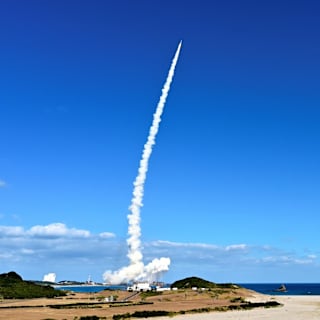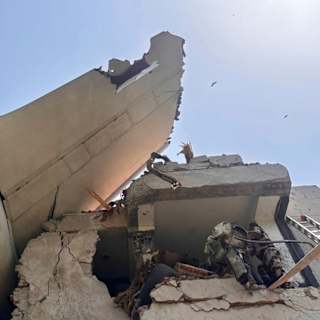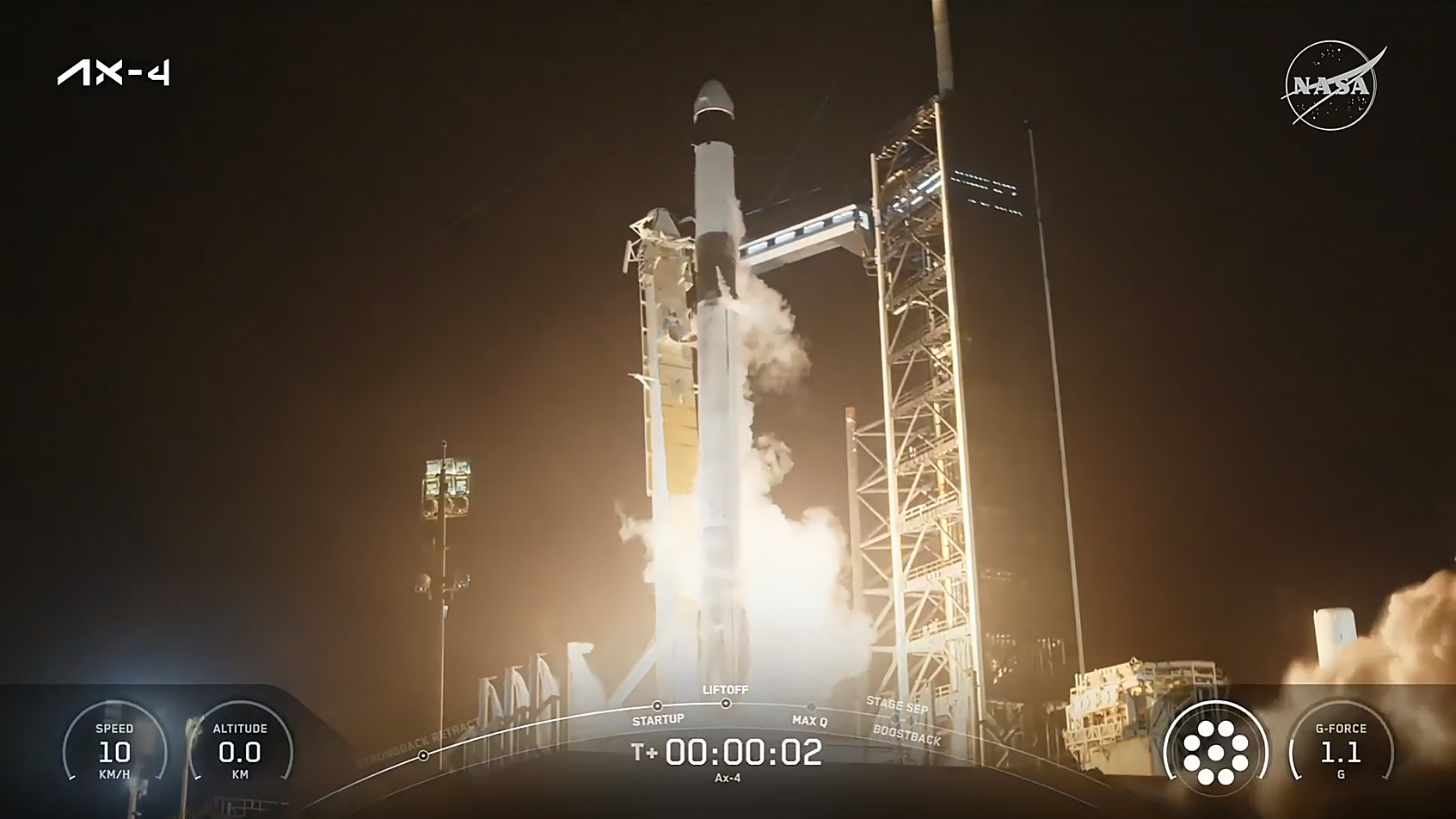- Historic International Collaboration
- Mission Overcomes Multiple Delays
- Commercial Spaceflight Milestone
Indian Air Force Group Captain Shubhanshu Shukla lifted off aboard SpaceX's Dragon spacecraft at 2:31 a.m. EDT Wednesday, marking India's return to human spaceflight after more than four decades. The Axiom Mission 4 crew launched from NASA's Kennedy Space Center in Florida, bound for the International Space Station.
"After 41 years, we have returned to space," Shukla said in Hindi from orbit, describing the crew's velocity at 7.5 kilometers per second while displaying India's tricolor flag. The multinational crew is scheduled to dock with the ISS at approximately 7 a.m. Thursday.
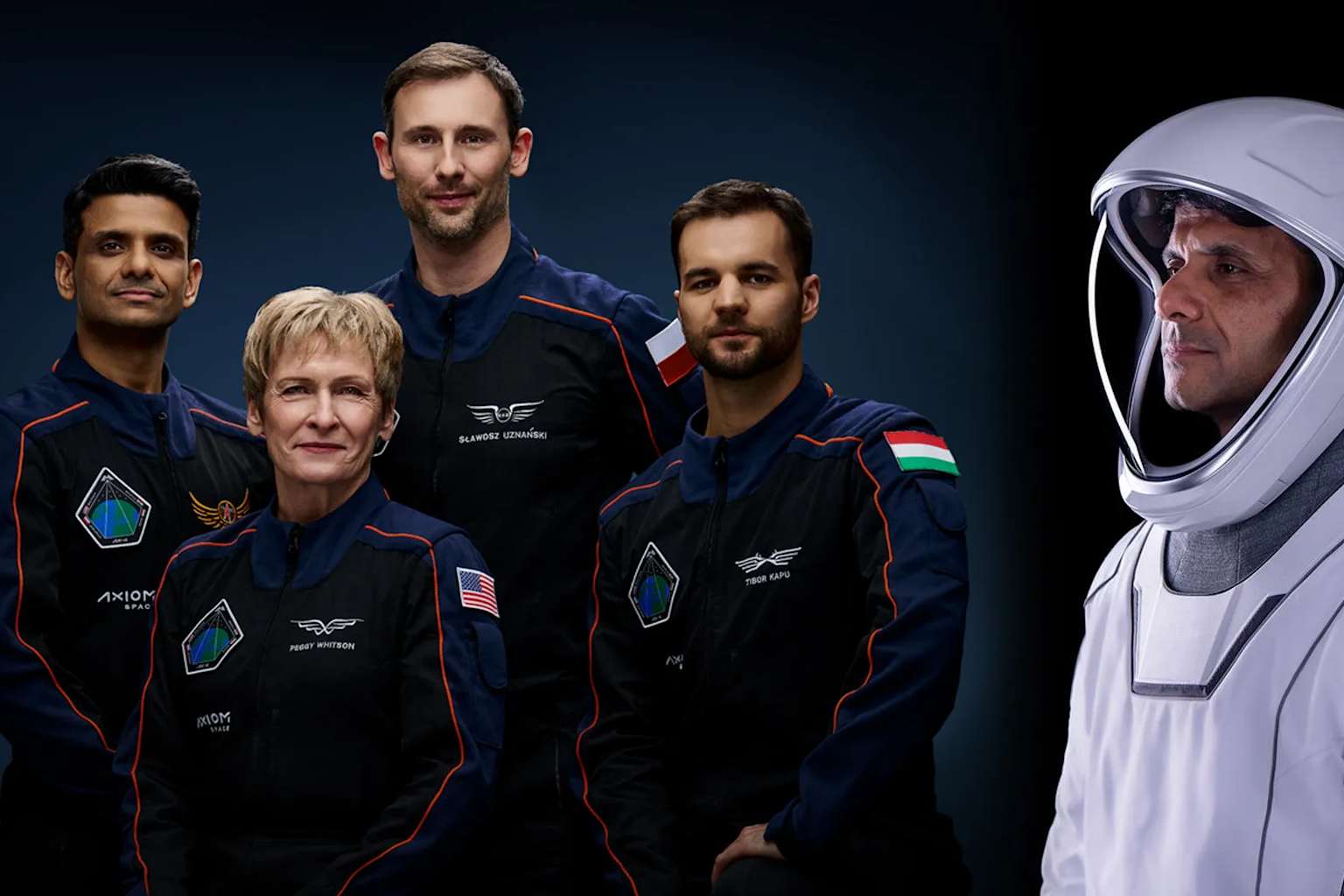
Former NASA astronaut Peggy Whitson commands the mission, with Shukla serving as pilot alongside mission specialists Sławosz Uznański-Wiśniewski of Poland and Tibor Kapu of Hungary12. This marks the first time astronauts from India, Poland, and Hungary have flown together to the ISS, with each nation returning to government-sponsored human spaceflight after more than 40 years23.
"This mission shows that space exploration is no longer limited to a few nations — it's a shared effort that reflects the best of what we can achieve together," Whitson said before launch2. The crew will conduct approximately 60 scientific experiments representing 31 countries during their planned 14-day mission24.
The launch proceeded after NASA and Roscosmos officials resolved concerns about a leak in the ISS's Zvezda service module12. The mission had faced delays due to weather conditions and technical issues with both SpaceX's Falcon 9 rocket and the space station34.
"NASA and Roscosmos have a long history of cooperation and collaboration on the International Space Station," said acting NASA Administrator Janet Petro2. "This professional working relationship has allowed the agencies to arrive at a shared technical approach."
The mission represents Axiom Space's fourth private astronaut flight to the ISS and supports the company's broader vision of developing Axiom Station, planned as the world's first commercial space station12. Axiom Space recently announced changes to its station assembly plans, with the facility now designed to fly independently after launch of its first habitat module2.
For India, the mission fulfills a commitment made between former President Trump and Prime Minister Modi to send an ISRO astronaut to the space station3. The research includes collaborative investigations between NASA and ISRO on muscle regeneration, microalgae growth, and microgravity effects on the human body4.
